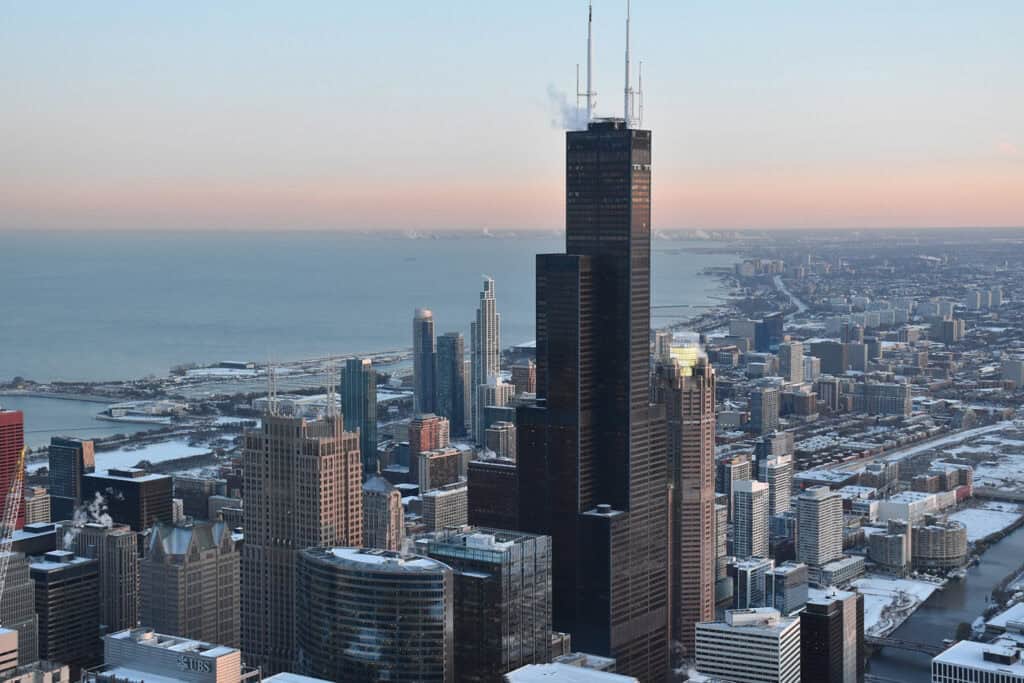
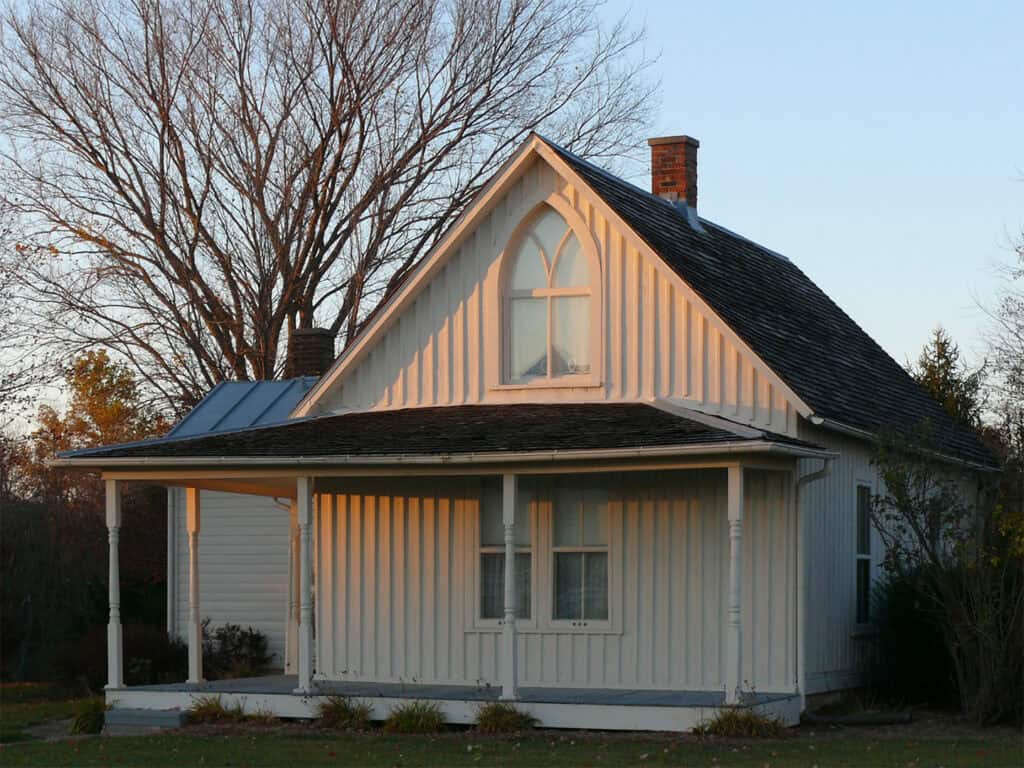
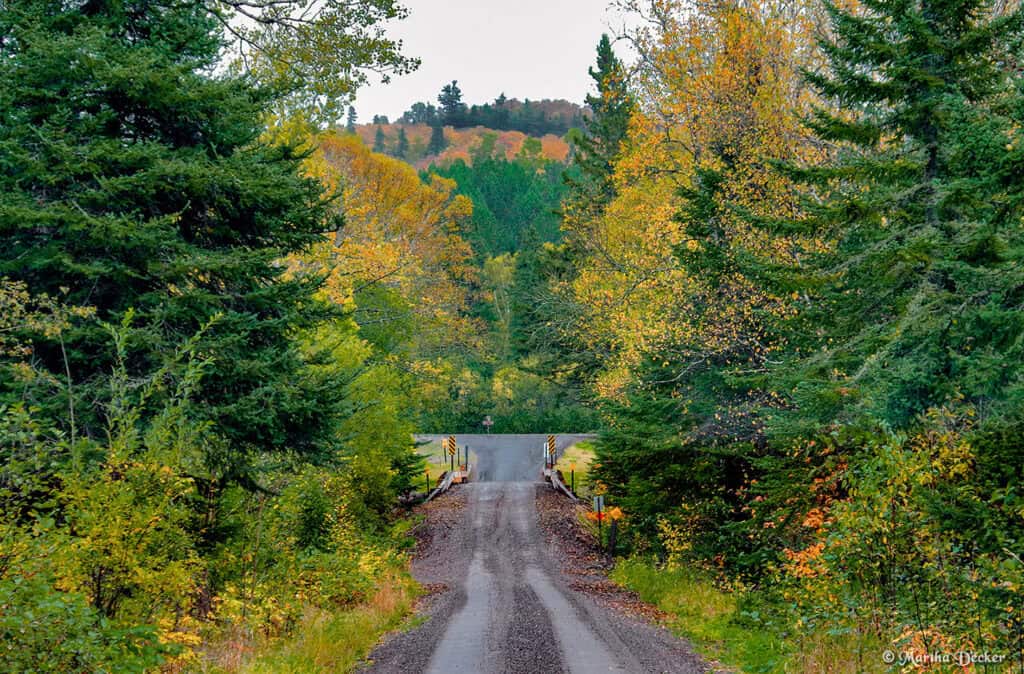
Are you yearning for adventure in the center of America’s Midwest?
At our Midwest travel guide, we know it can be tough to find standout sites that resonate with your sense of wonder. We’re here to lead you on an unforgettable adventure.
In this article, we will cover:
- Iconic landmarks that define the Midwest
- Historical sites that tell America’s story
- Natural wonders that showcase breathtaking landscapes
- Cultural attractions that highlight local artistry and music
Ready to start your adventure and experience the Midwest like never before?

Iconic Landmarks of the Midwest
Gateway Arch (St. Louis, Missouri)
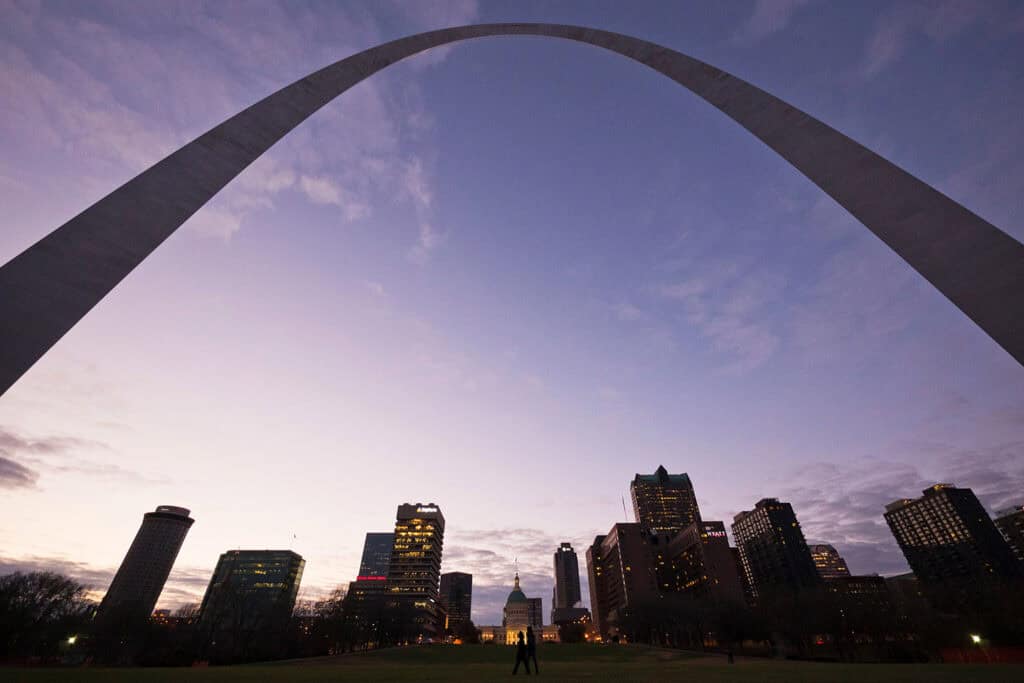
The Gateway Arch stands as an iconic symbol of St. Louis, designed by architect Eero Saarinen.
Mount Rushmore (South Dakota)
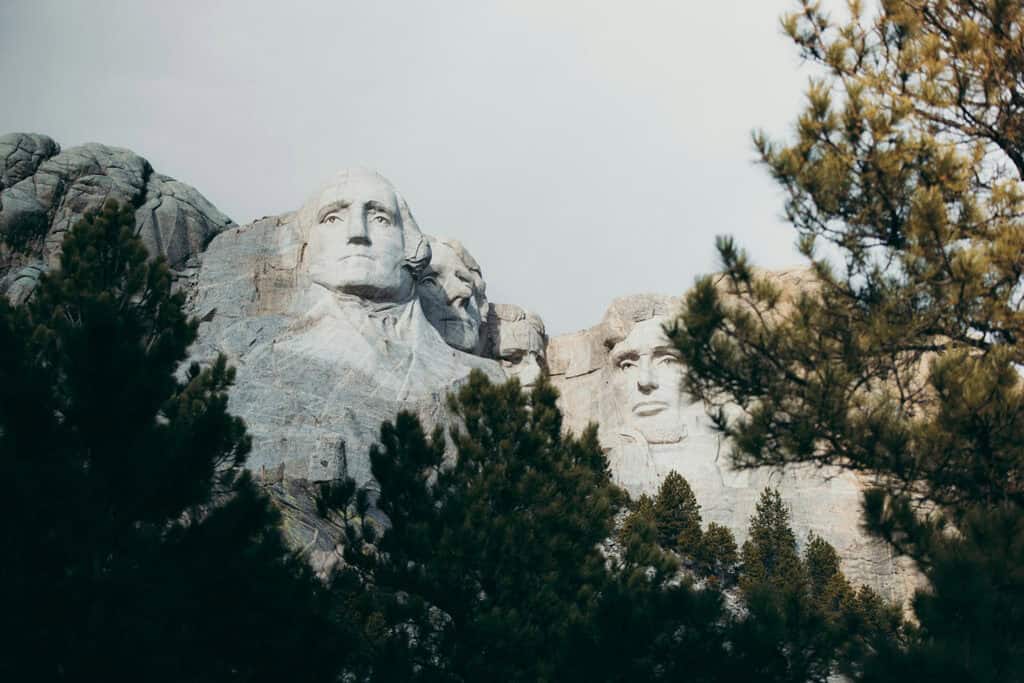
Mount Rushmore is a monumental sculpture carved into the Black Hills of South Dakota. It was created between 1927 and 1941 by artist Gutzon Borglum.
The sculpture represents the country’s founding principles and its growth. Each face symbolizes important figures in America’s history. They represent the nation’s birth, as well as the expansion and preservation of its values and ideals.
Willis Tower (Chicago, Illinois)
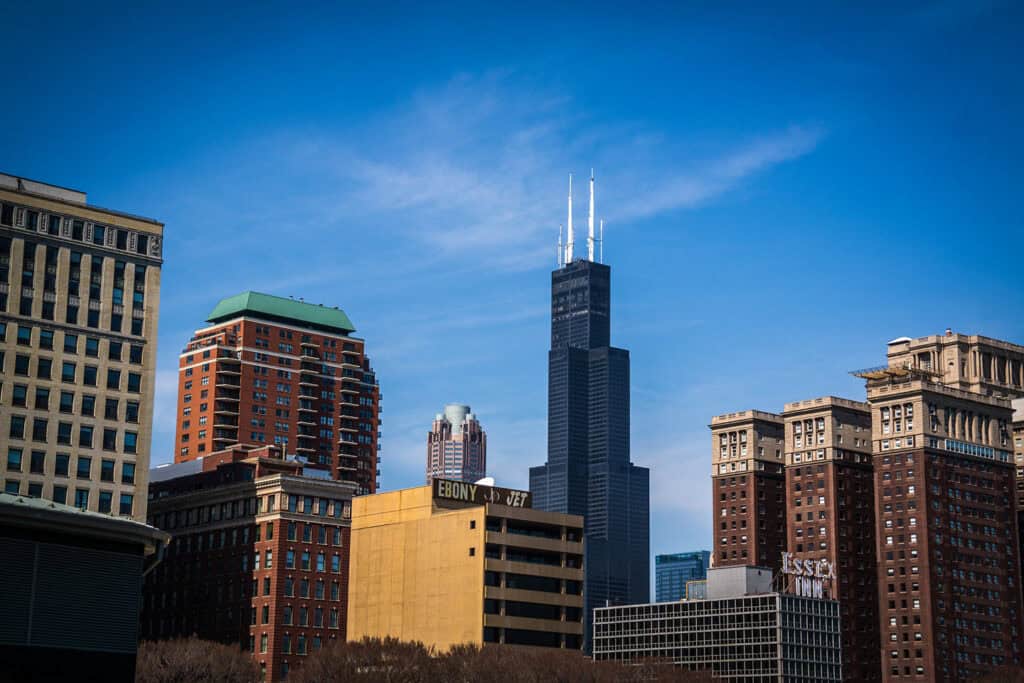
Willis Tower, formerly known as the Sears Tower, is a defining feature of the Chicago skyline. Completed in 1973, it is one of the tallest buildings in the Western Hemisphere, reaching a height of 1,450 feet.
Historical Landmarks
1. Gateway Arch (St. Louis, Missouri)
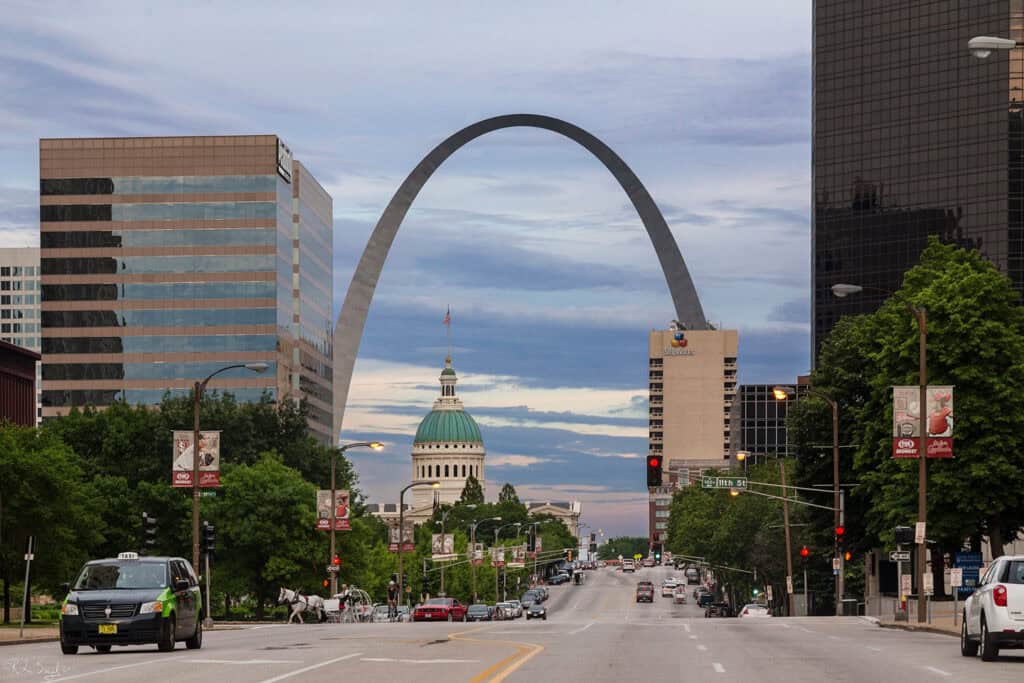
Rising to 630 feet, it is the tallest arch in the world. Visitors can take a tram to the top for stunning views of the Mississippi River and city. Completed in 1965, it honors the westward expansion of the United States. It highlights the importance of the Louisiana Purchase.
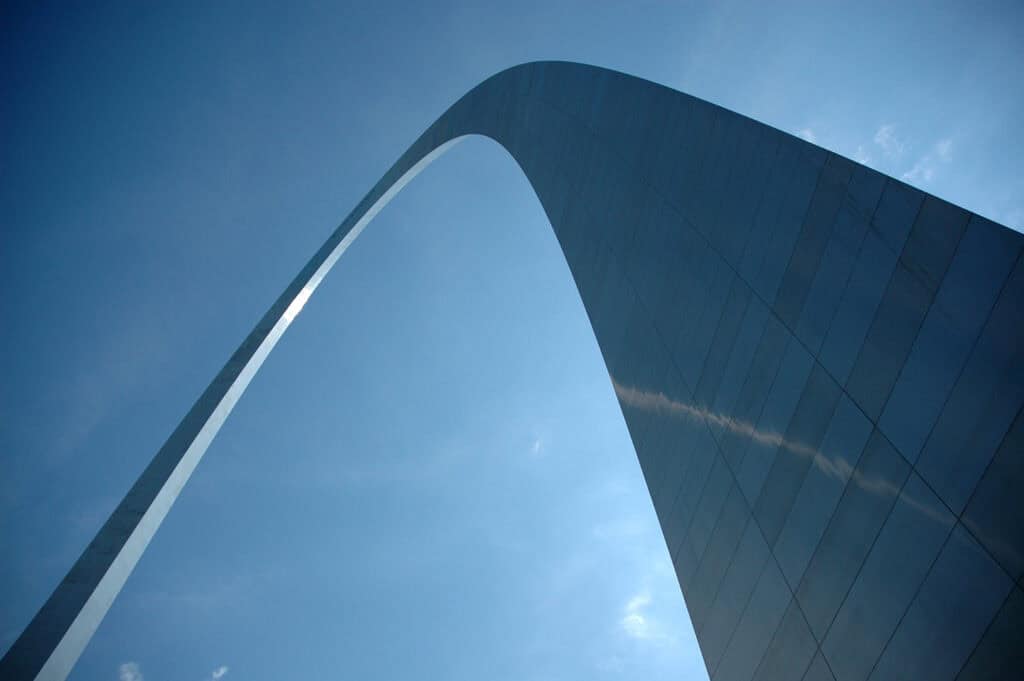
2. Mount Rushmore (South Dakota)

Mount Rushmore is one of the most recognizable landmarks in the United States. Carved into the Black Hills, this monumental sculpture features the faces of four Presidents: George Washington, Thomas Jefferson, Abraham Lincoln, and Theodore Roosevelt.

Visitors can explore the park, which features a visitor center and hiking trails. These trails provide closer views of the granite faces. Educational programs highlight the history and artistry behind this iconic symbol of American leadership.
3. American Gothic House (Eldon, Iowa)
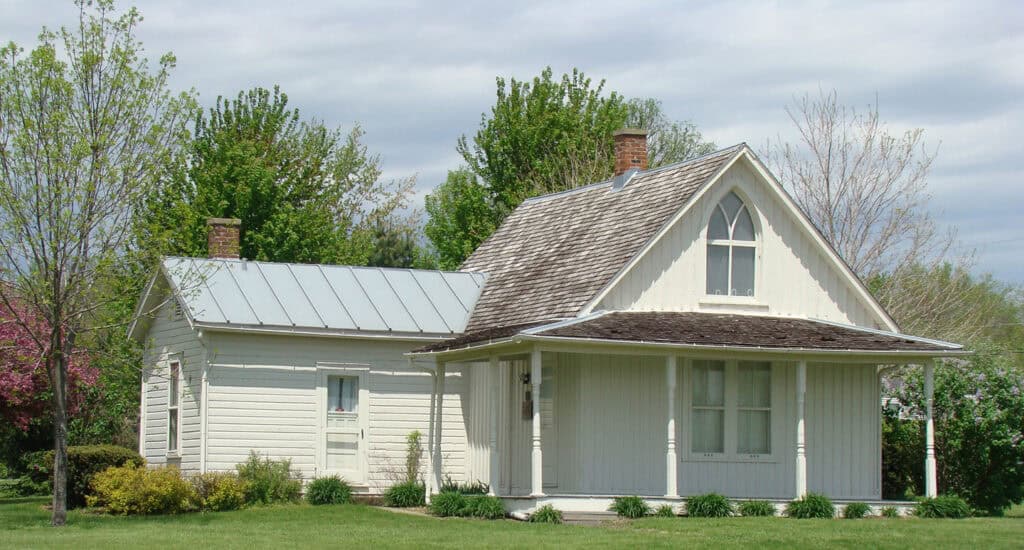
The American Gothic House is renowned for its role in art and culture, famously depicted in Grant Wood’s 1930 painting. Constructed in the late 19th century, the house was designed in the Gothic Revival style, showcasing the architectural sensibilities of the era.
It serves as a symbol of pastoral life and tradition in the Midwest.

See also: 19th Century Architecture in America: 7 Styles You Should Know
Natural Landmarks
4. Sleeping Bear Dunes (Michigan)

Sleeping Bear Dunes National Lakeshore features towering sand dunes that rise over 450 feet above Lake Michigan.
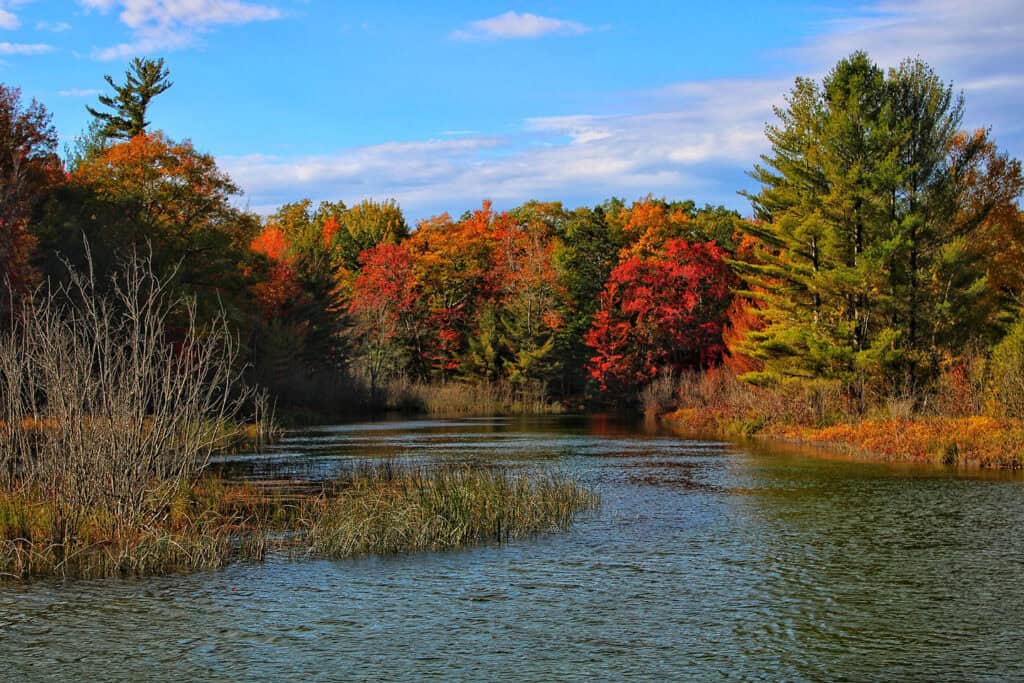
The area is known for its biodiversity, with habitats ranging from wetlands to forests. The park also provides educational programs, encouraging visitors to learn about the unique ecosystem. The iconic Dune Climb is a popular attraction, where visitors can ascend the steep slopes for panoramic views.
5. Superior National Forest (Minnesota)
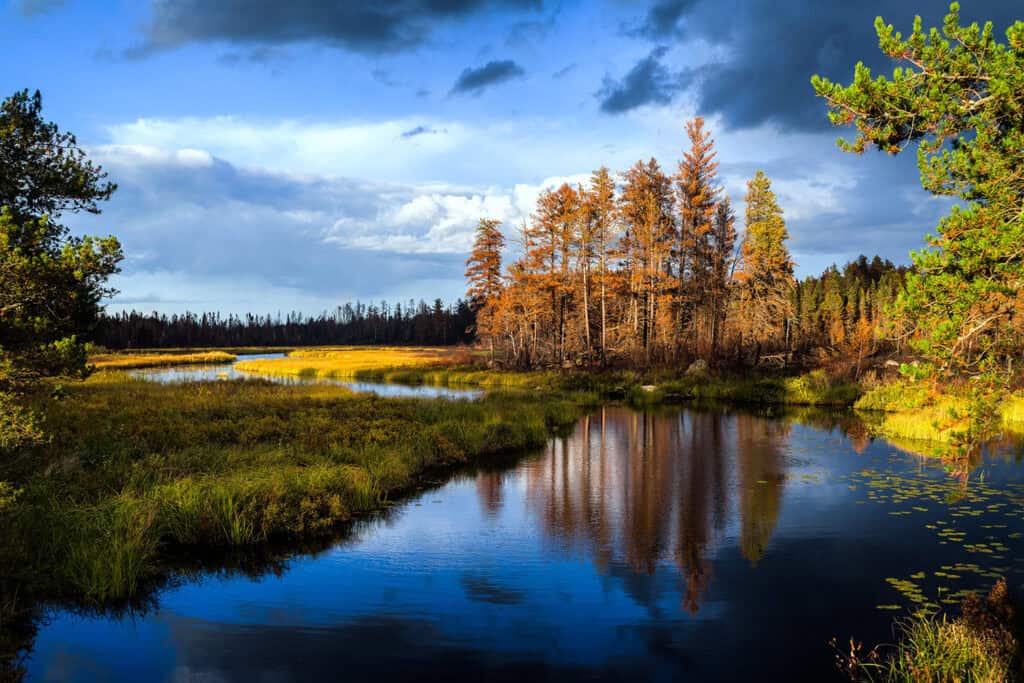
Visitors can explore the park, which has a visitor center and hiking trails for closer views of the granite faces. Educational programs highlight the history and artistry behind this iconic symbol of American leadership.

Cultural and Artistic Landmarks
6. Rock and Roll Hall of Fame (Cleveland, Ohio)
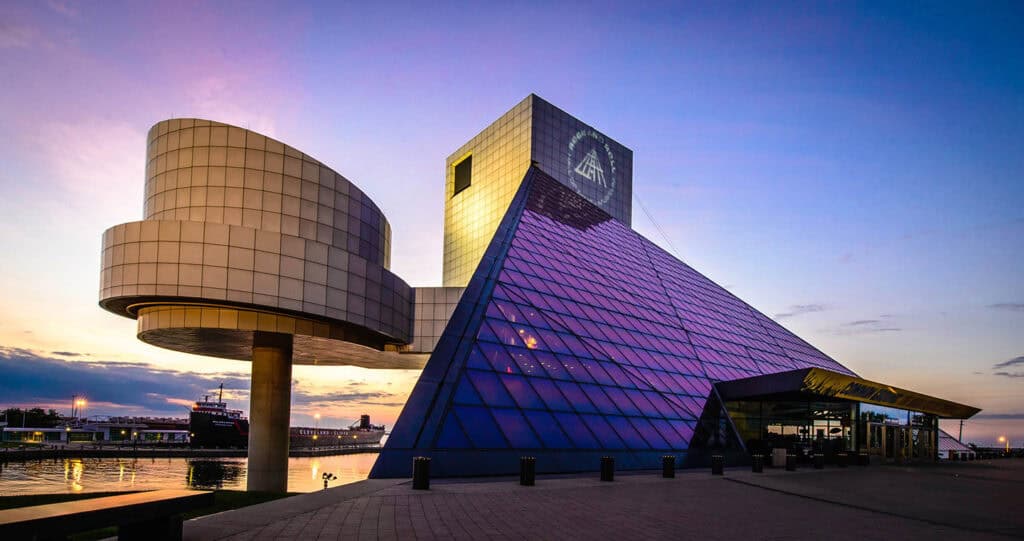
The Rock and Roll Hall of Fame is a crucial institution dedicated to celebrating the history and influence of rock music. Located on the shores of Lake Erie, it features over 7,000 artifacts, including iconic instruments, costumes, and memorabilia.
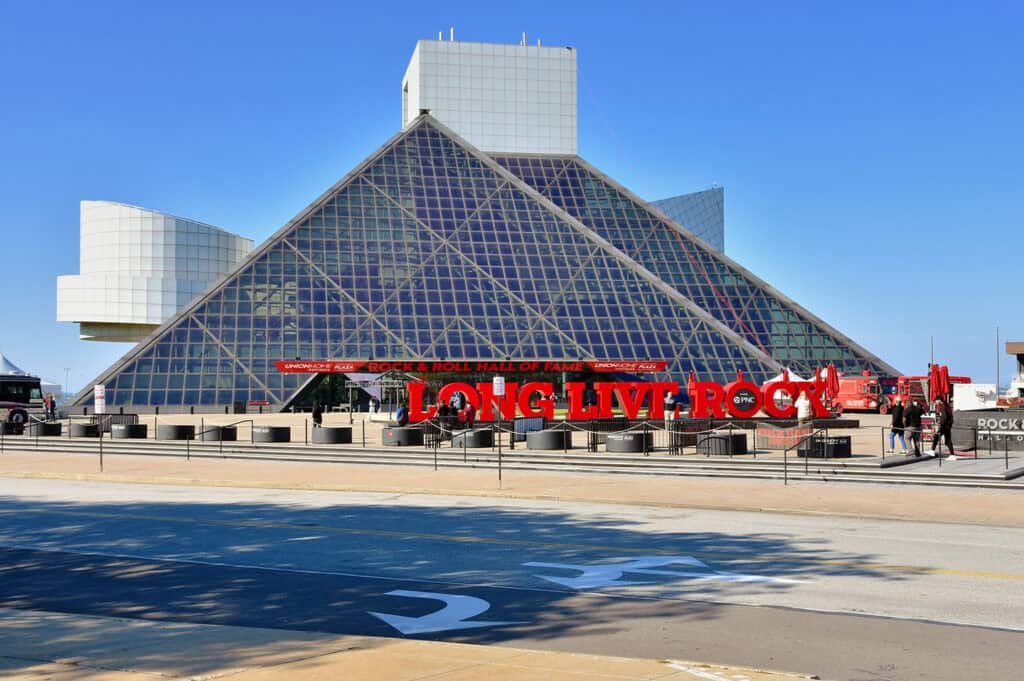
The Hall’s stunning architecture, designed by I.M. Pei, serves as a visual landmark in itself, attracting music enthusiasts from around the world.
7. Chicago Symphony Orchestra Hall (Chicago, Illinois)
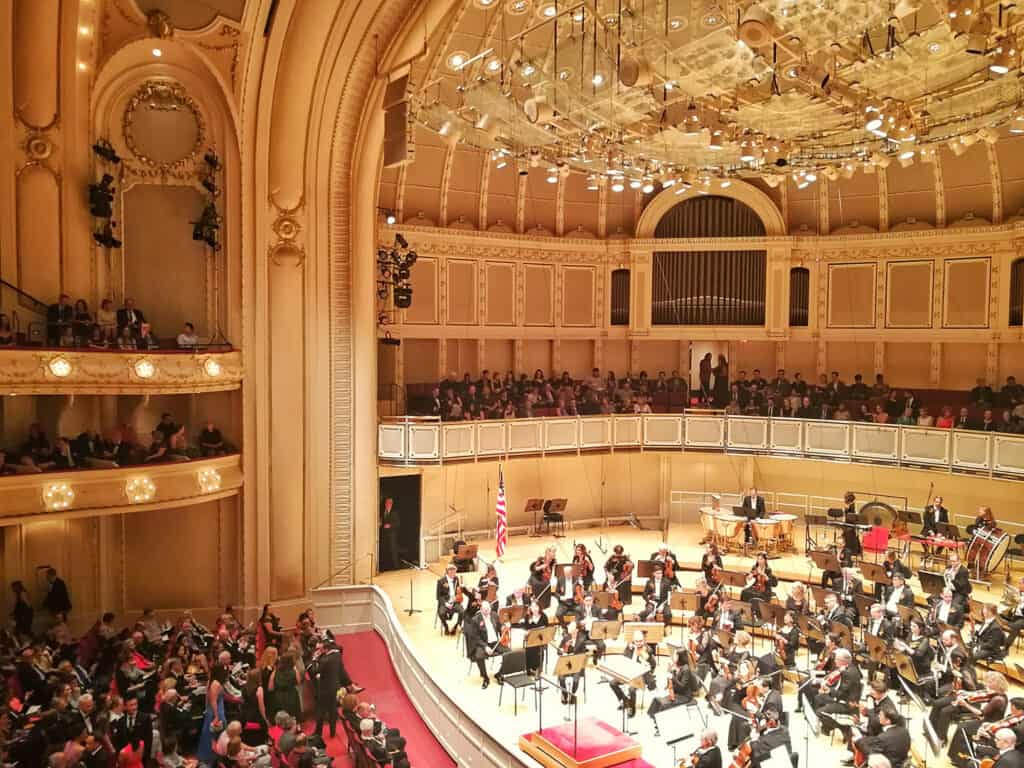
Chicago Symphony Orchestra Hall is a premier concert venue in the United States, known for its exceptional acoustics and grand design.
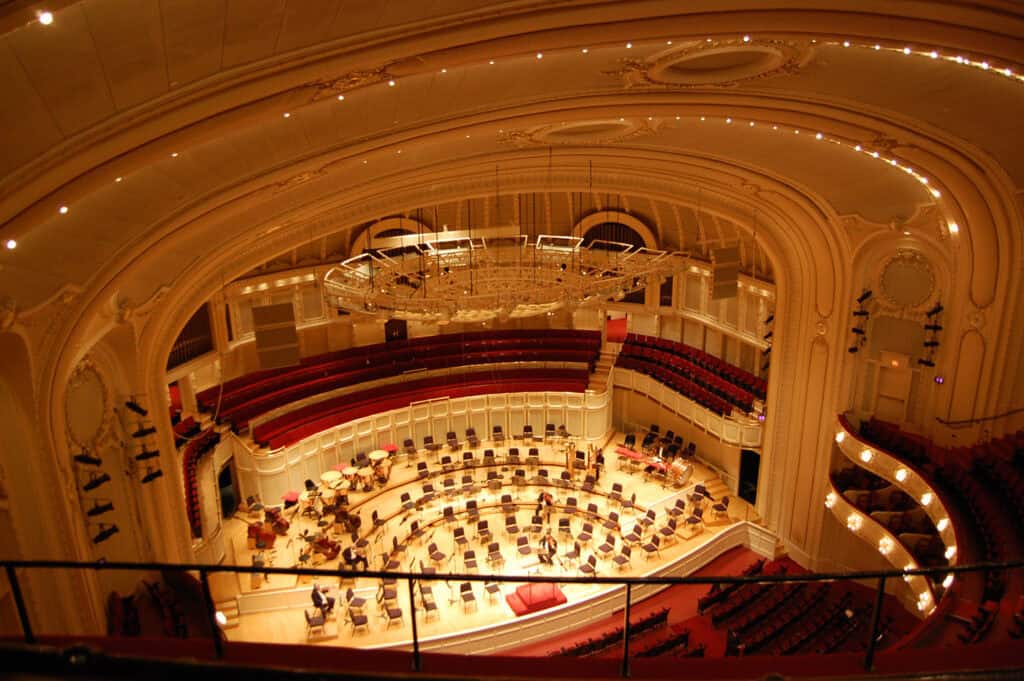
Its architecture blends classical elements with modern innovation, featuring elegant woodwork and a proscenium stage that enhances the concert experience. The venue plays a significant role in the cultural scene, offering a platform for varied artistic expressions.
8. Enchanted Highway (North Dakota)
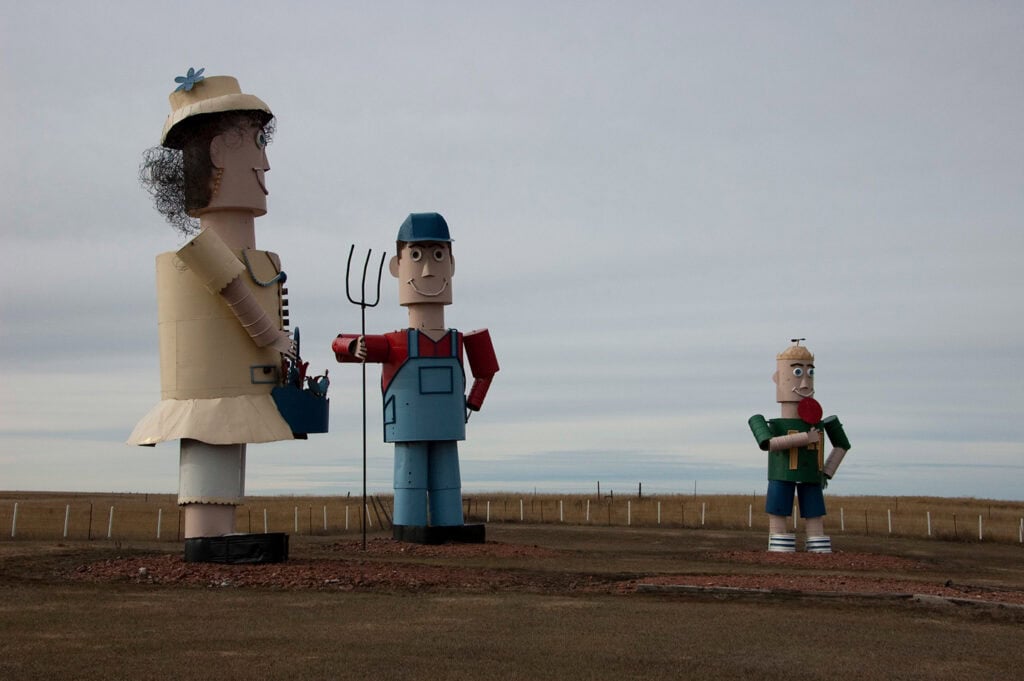
The Enchanted Highway is a unique roadside attraction stretching between the towns of Regent and Gladstone, North Dakota. It features an impressive display of giant metal sculptures, each designed to celebrate the local culture and history.
Key installations include “Geese in Flight,” the world’s largest metal sculpture, and “Tin Family,” depicting a whimsical family scene.
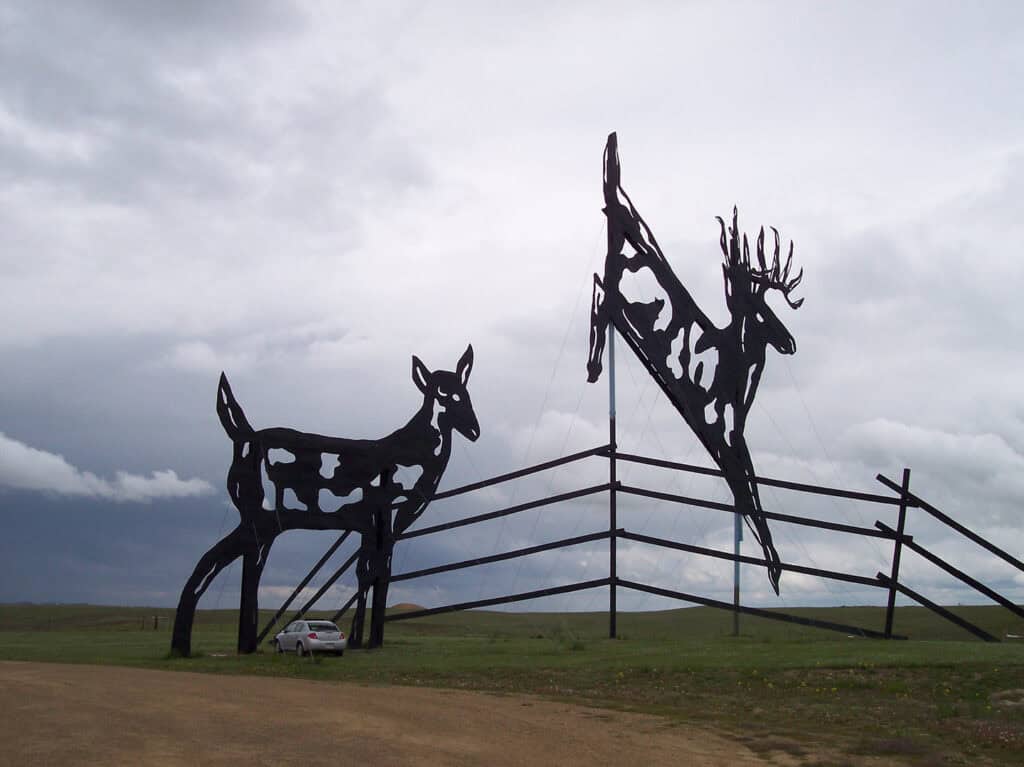
See also: Los Angeles Architectural Styles: Top 12 Iconic Features
Modern Landmarks
9. Willis Tower (Chicago, Illinois)

The tower was designed by architect Bruce Graham and structural engineer Fazlur Rahman Khan, featuring a distinctive International style. The building is equipped with the Glass Boxes, which allow visitors to step out and experience unparalleled views of the city.
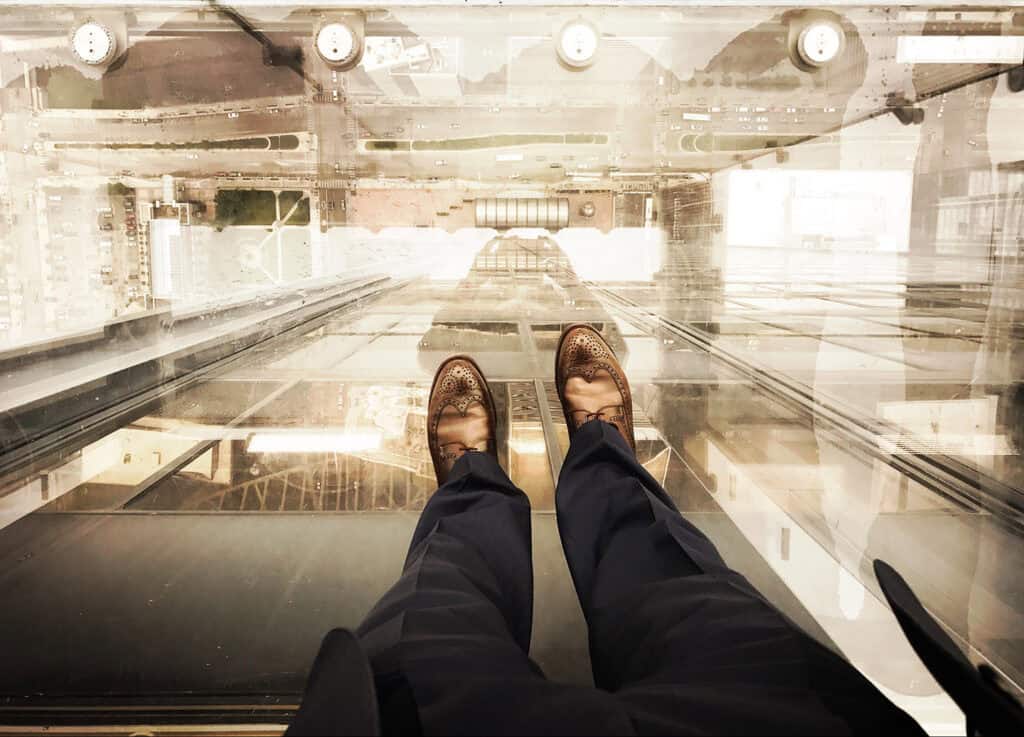
The building’s role in Chicago’s identity cannot be overstated—it symbolizes the city’s architectural prowess and plays a key part in its skyline. The glass-paneled structure remains a testament to modern engineering.
10. Mall of America (Bloomington, Minnesota)

Situated in Bloomington, the Mall of America is one of the largest shopping malls in the United States, covering 5.6 million square feet. Opened in 1992, it houses over 500 stores, an indoor amusement park, and an aquarium.

Its varied attractions make it a significant tourism magnet. Visitors can experience a wide range of activities, including shopping, dining, and entertainment.
See also: Best Cities for Architecture in the USA: 9 Cities to Explore
Midwest Landmarks: A Recap

The Midwest region is rich with iconic landmarks that significantly contribute to its cultural identity. Each landmark tells a story, whether through historical significance or artistic expression.
Ultimately, the Midwest offers a blend of experiences, encouraging everyone to explore its treasures and appreciate its remarkable landmarks.










